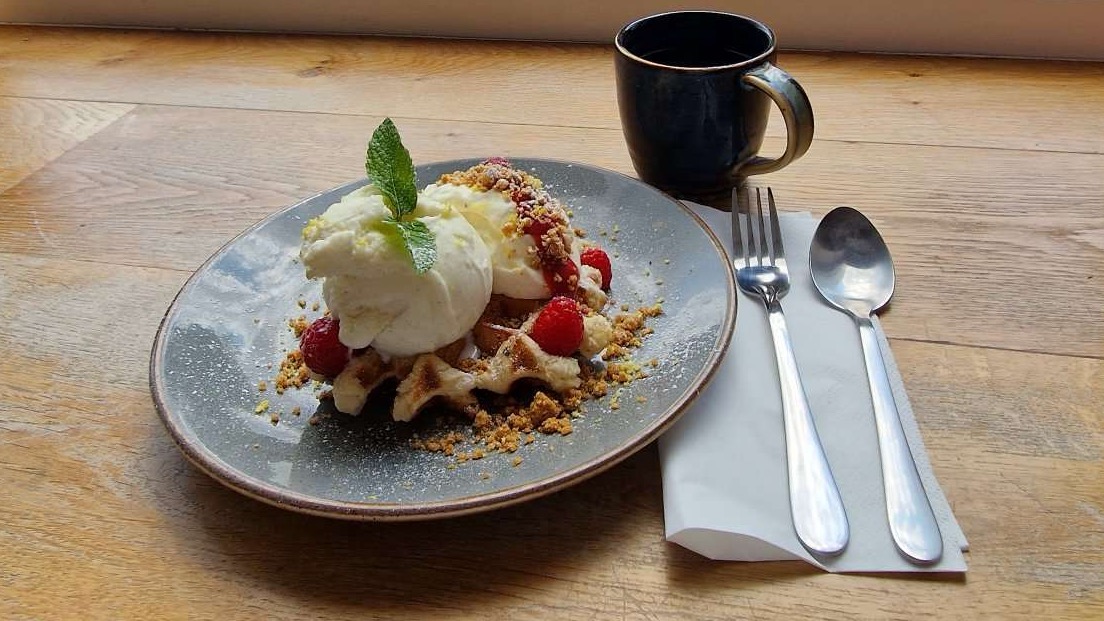Ingredients
450g Plain white flour
190g milk
Pinch of salt
1tsp BakeryBits Vanilla Powder
3 medium eggs
220g butter - softened
Like many countries in Europe, Belgium has a tradition for waffles with two very popular varieties widely eaten today: the "Brussels" waffle and the "Liege" waffle. The Brussels waffle, has been adopted by the USA, where it has become known as the "Belgian" waffle. In the USA, the recipe has evolved to make a lighter and sweeter waffle, risen by egg rather than yeast. On the other hand, the Liege waffle is generally yeast-based, and firmer and chewier than Brussels waffles, especially the USA's Belgian versions. Liege waffles are made with adapted brioche dough and usually contain pearl sugar, which becomes caramelised during cooking. It is easy to spot the difference between the two waffles - Liege waffles are made using dough balls squished into the waffle iron, and so are irregularly shaped, whereas Brussels waffles are rectangular.
Liege waffles are very commonly eaten for breakfast. They are often bought from street traders, slathered with cream, honey, or fruit, or the pearl sugar is left out and they are served as a savoury snack. They can also be eaten plain or simply dusted with icing sugar and cinnamon.
According to Jane at Axminster's Community Waffle House, the secret to Liege waffles is in adding the pearls of sugar to your dough later than you might expect. Adding the peals just before the waffle is going to be baked helps to prevent the sugar from dissolving, creating that perfect caramelised crunch.
Method (for about 20-24 waffles):
Using a mixer on a slow setting, mix the flour, yeast, milk, vanilla powder, and salt until just combined.
One by one, mix in each egg until combined. You are not looking to develop much gluten here so don't overdo it.
Add the softened butter and mix until you have a sticky dough.
Cover the dough and leave it to proof. You could put the covered dough into the fridge and leave it overnight. The cold will cause the dough to proof slowly, meaning it should finish proofing at breakfast time the next day. Otherwise, leave to proof at room temperature until almost doubled in volume.
Add the pearl waffle sugar - do this just before you bake your waffles to reduce how much the sugar dissolves. Add the sugar and gently knead it in by hand.
Divide the dough into 50g pieces and roll into balls. Put onto a tray, cover and leave for about 30-60 minutes to rest (longer if refrigerated).
Turn on your waffle iron and place a ball of dough in the middle of each mould. Use the lid to squish the dough down and then bake. If the dough is very stiff gently flatten the dough ball a little before pushing down the lid.
Top with your choice of toppings - they can be as simple or complex as you like, ranging from icing sugar to the more elaborate ones from the Axminster Community Waffle House. Pictured is their trademark Liege waffle topped with a zesty cheesecake filling, raspberry curd, buttery biscuit crumb, fresh raspberries, and vanilla ice cream - be creative!















